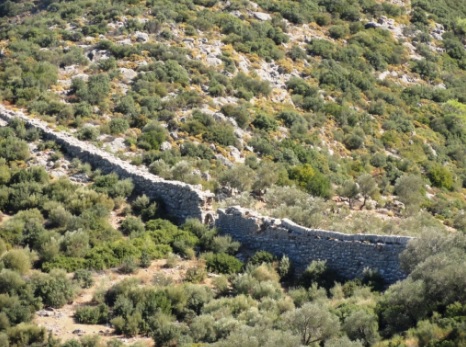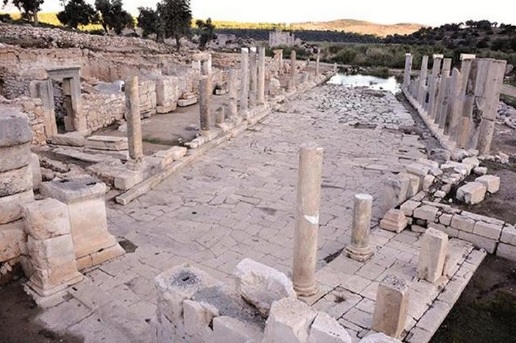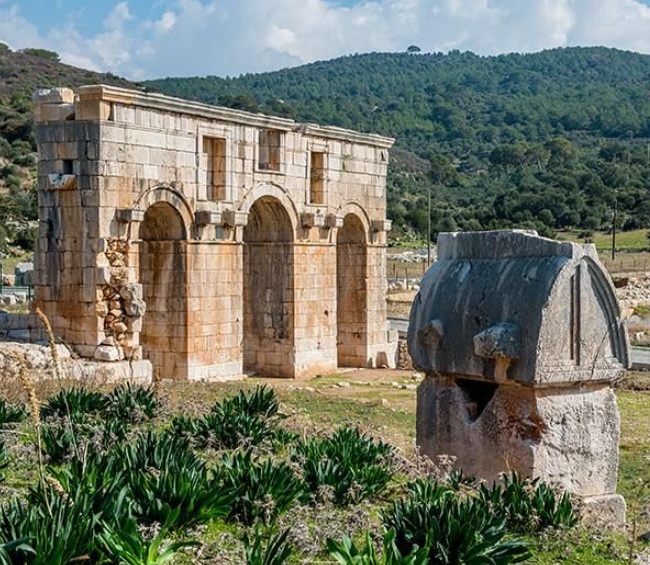Two bits of Turkish history that you may come upon during your hike on the Lycian Way are the Delikkemer Aqueduct and Patara Ruins.
Delikkemer Aqueduct
The aqueduct is over 2,000 years old. A true testament to the Roman water engineer’s skills and ingenuity. The pipe was constructed of stone blocks, built on top of a stone wall. It crossed a dry valley transporting water from the near the village of Islamlar to Patara over 22km away.
You can still see where some of the blocks had holes bored in to them to allow cleaning out of debris and for extracting air.


Patara Ruins
Patara was one of the most important towns of ancient Lycia. Once a major port the estuary has long since silted up, however, the impressive ruins that remain are spread over 100 hectares.
The remaining buildings include a beautifully restored assembly hall, amphitheatre, lighthouse, baths, a necropolis, colannaded main street, the Gate of Modestus and the Triumphal Arch.



Patara was said to have been founded by Patarus, son of Apollo. It was situated at 60 stadia to the southeast of the mouth of the river Xanthos. Patara was noted in antiquity for its temple and Oracle of Apollo, second only to that of Delphi. The temple has yet to be discovered and, in fact, much of the town is still believed to be buried under sand.
The city surrendered to Alexander the Great in 333 BC. During the Wars of the Diadochi it was occupied by Antigonus and Demetrius and conquered by the Ptolemies. Strabo tells us that Ptolemy Philadelphus of Egypt gave it the name of Arsinoe (Arsinoë) after Arsinoe II of Egypt.
For further reading take a look at the links below:
https://www.lonelyplanet.com/turkey/attractions/ancient-patara/a/poi-sig/1249961/360857
